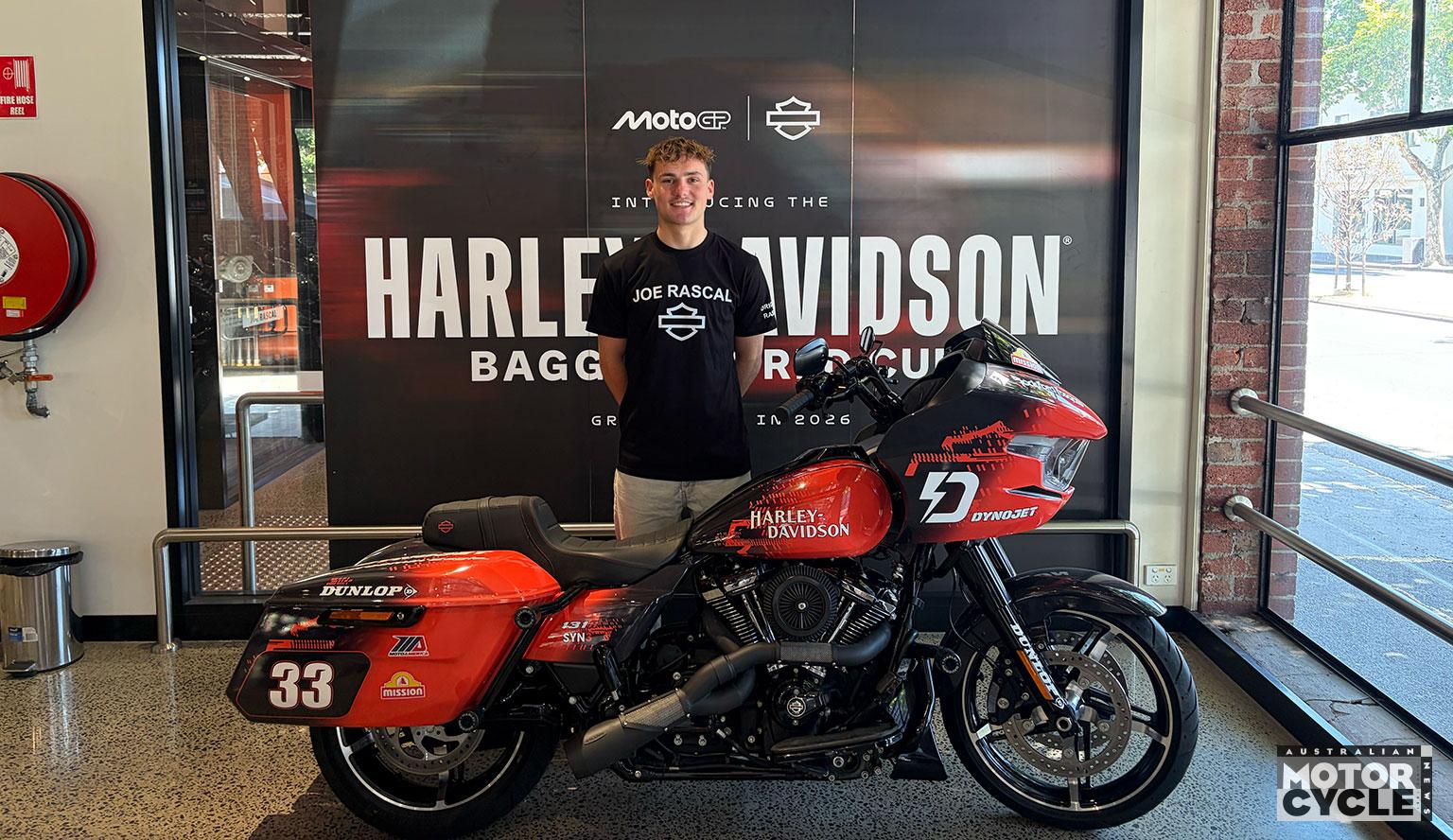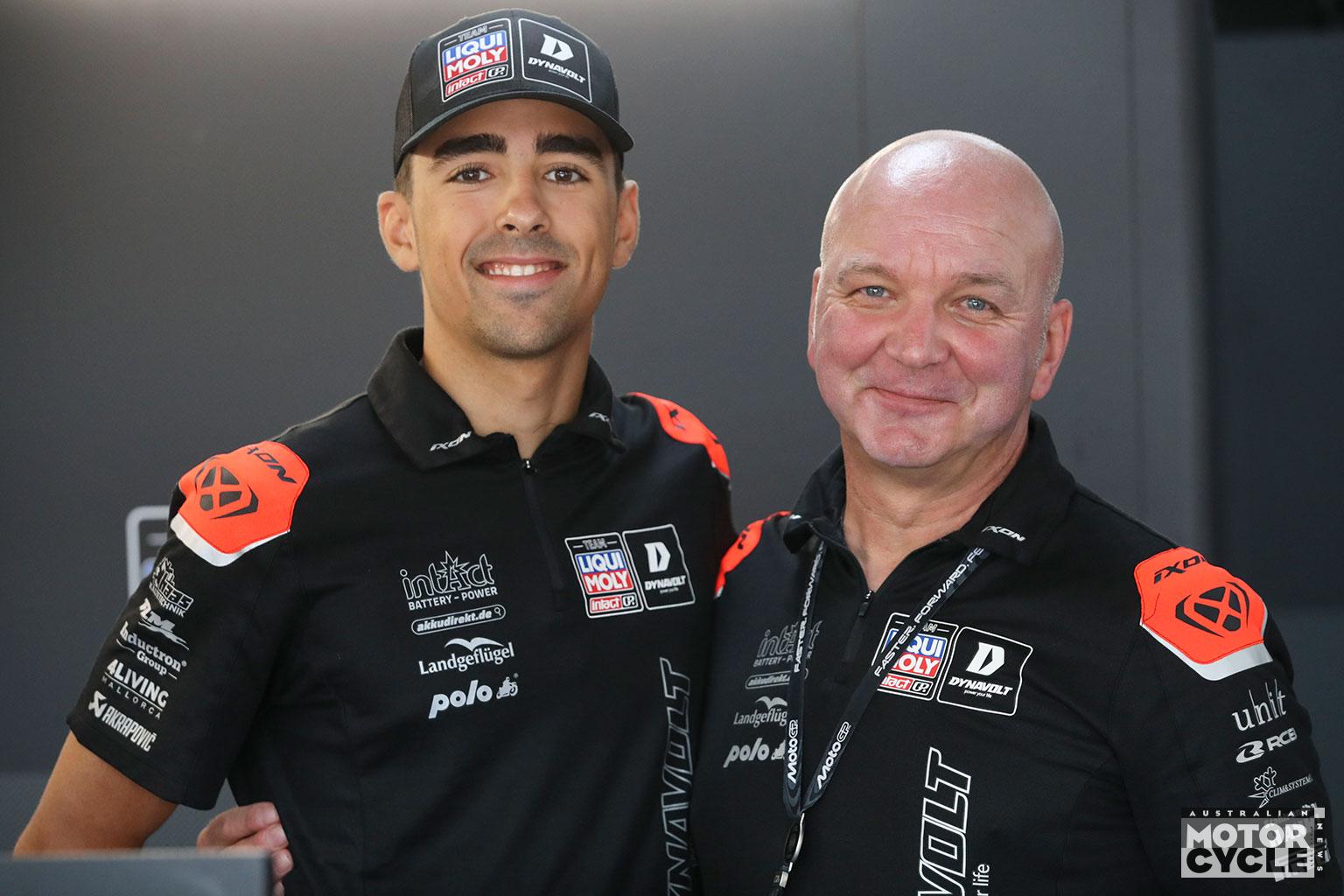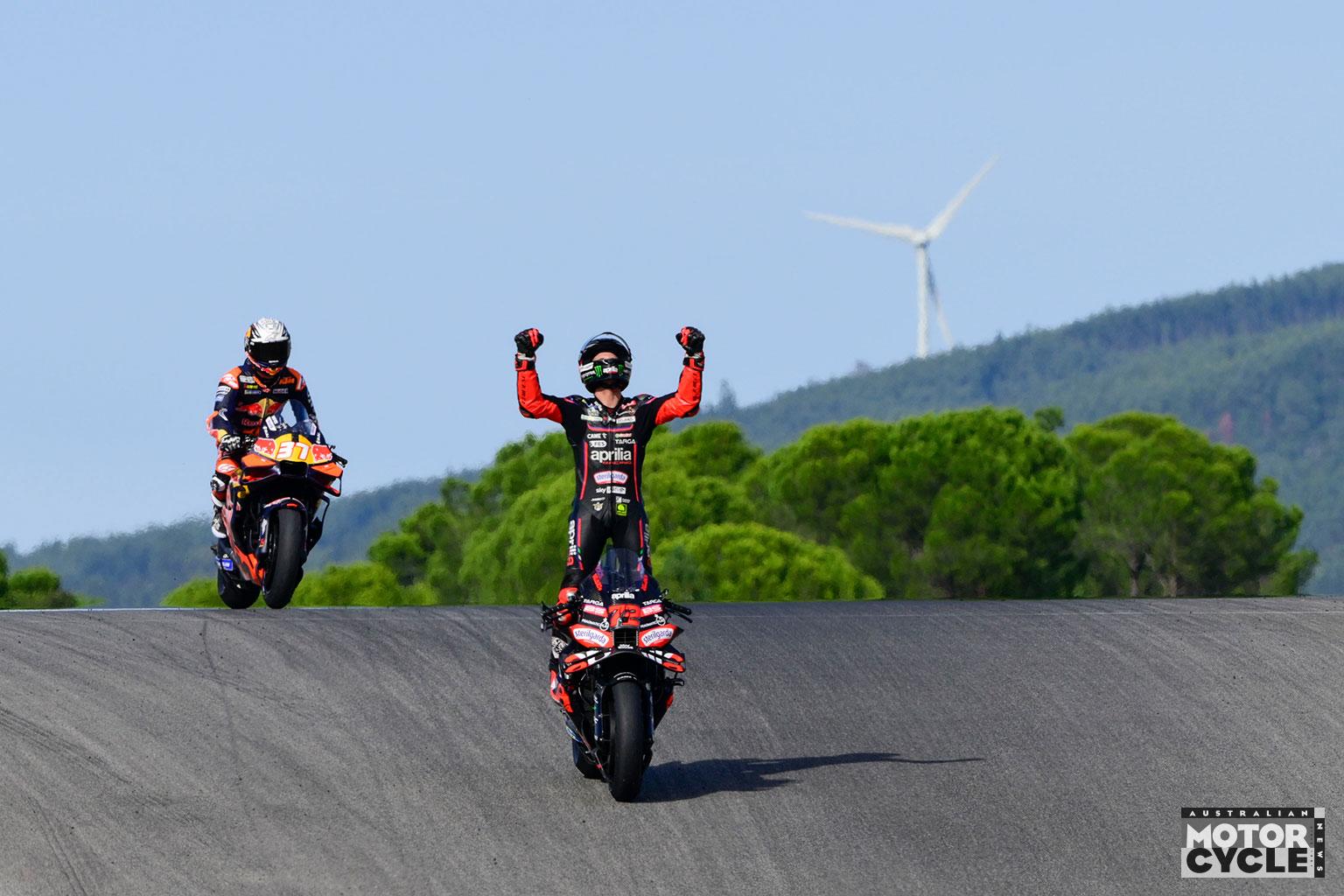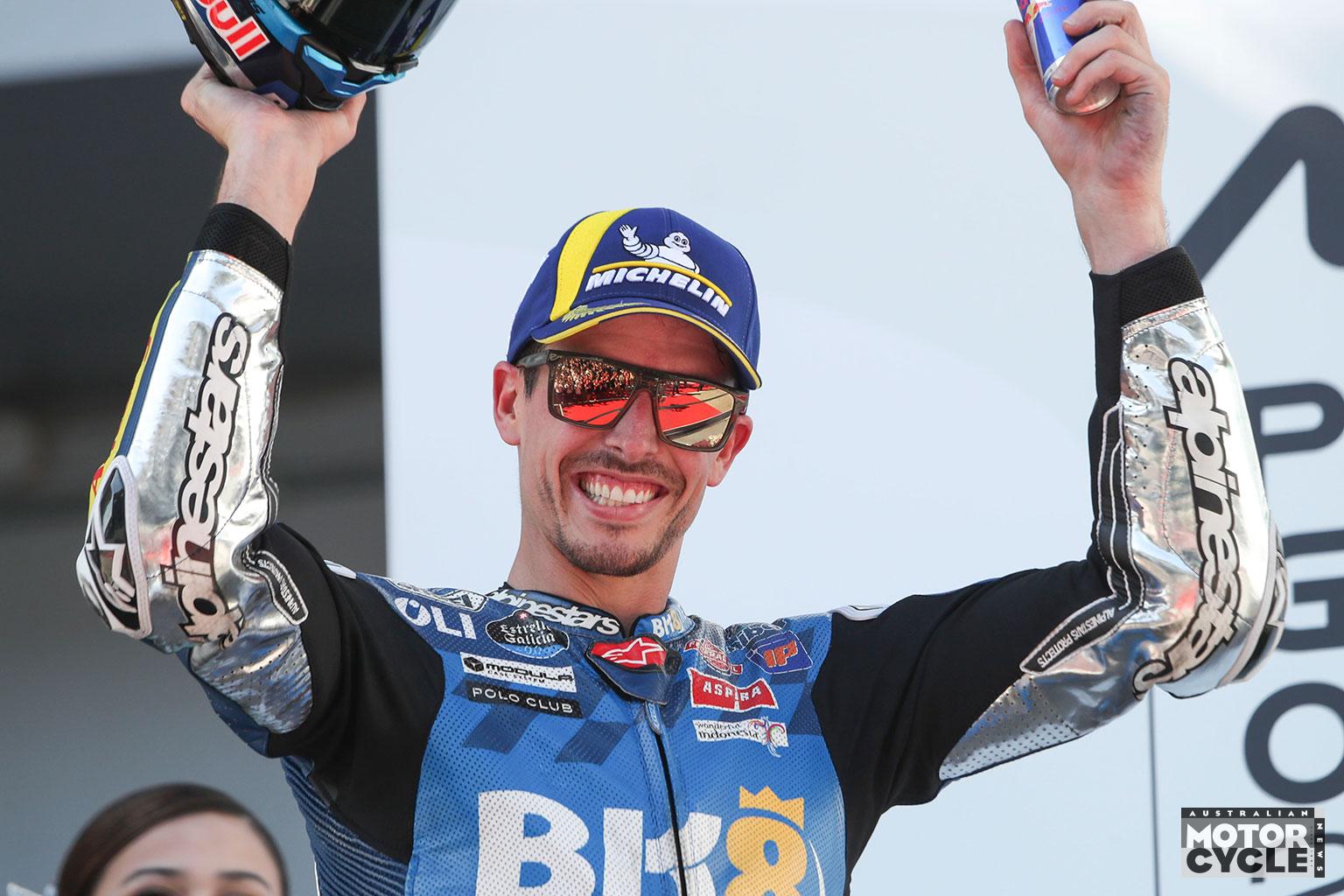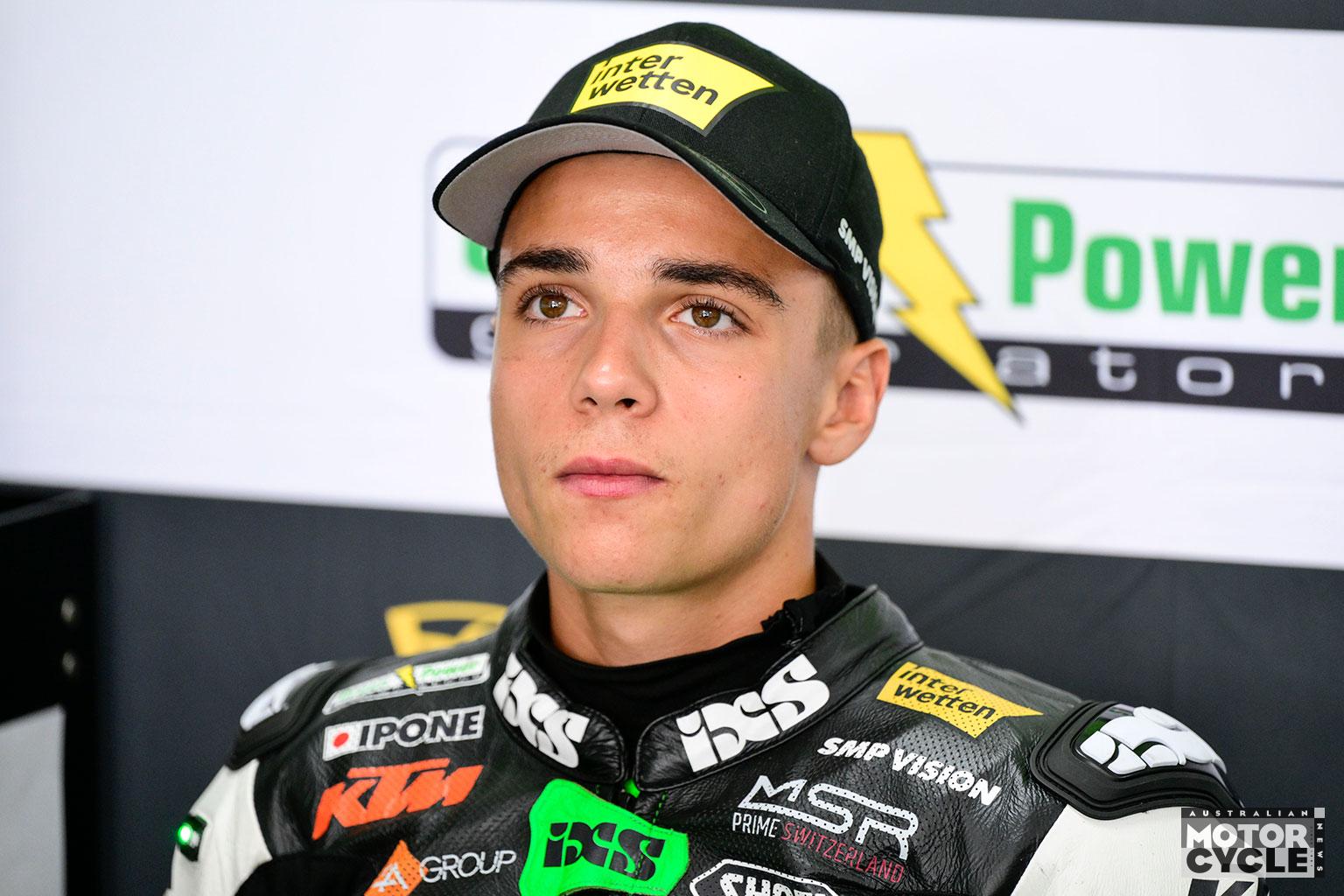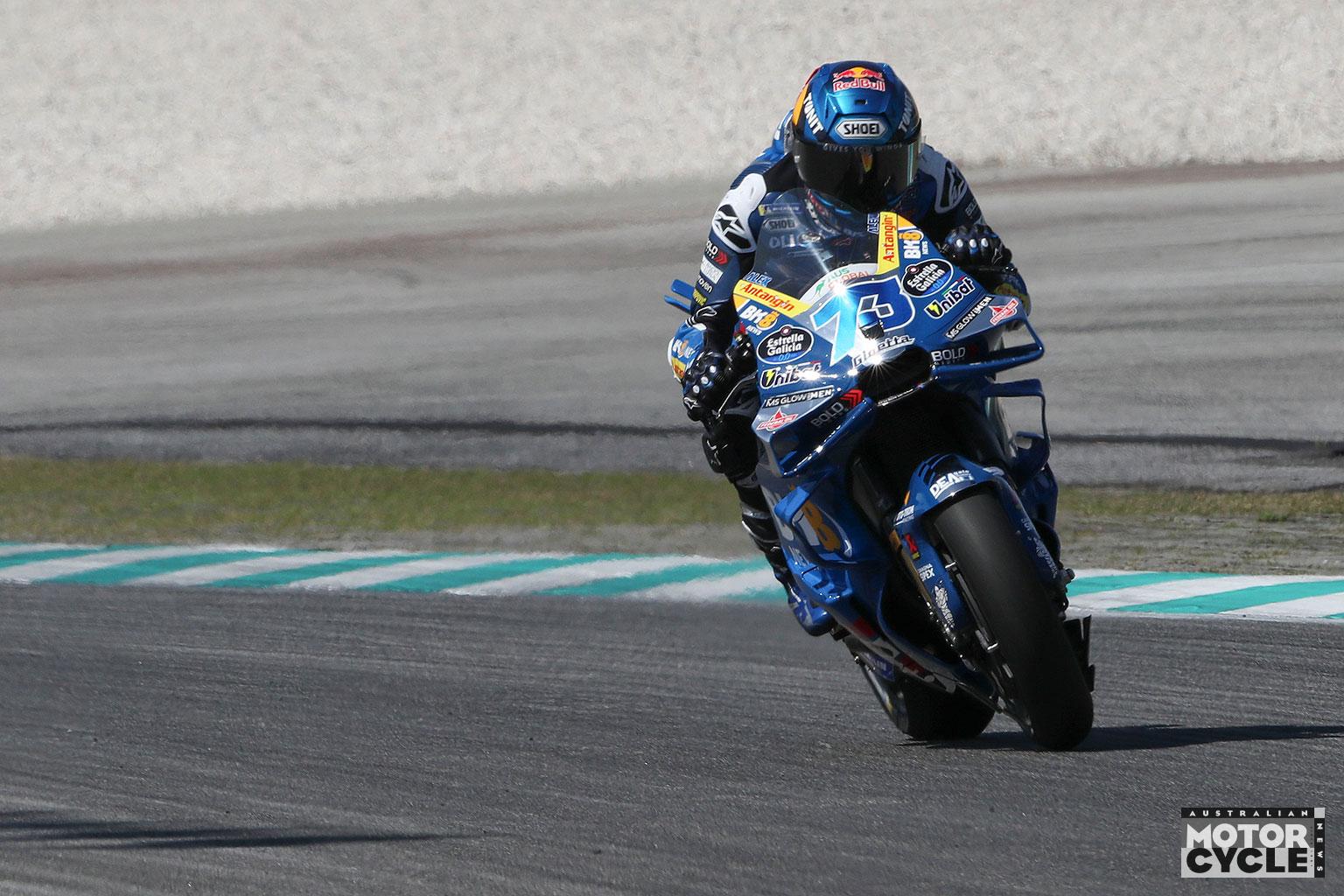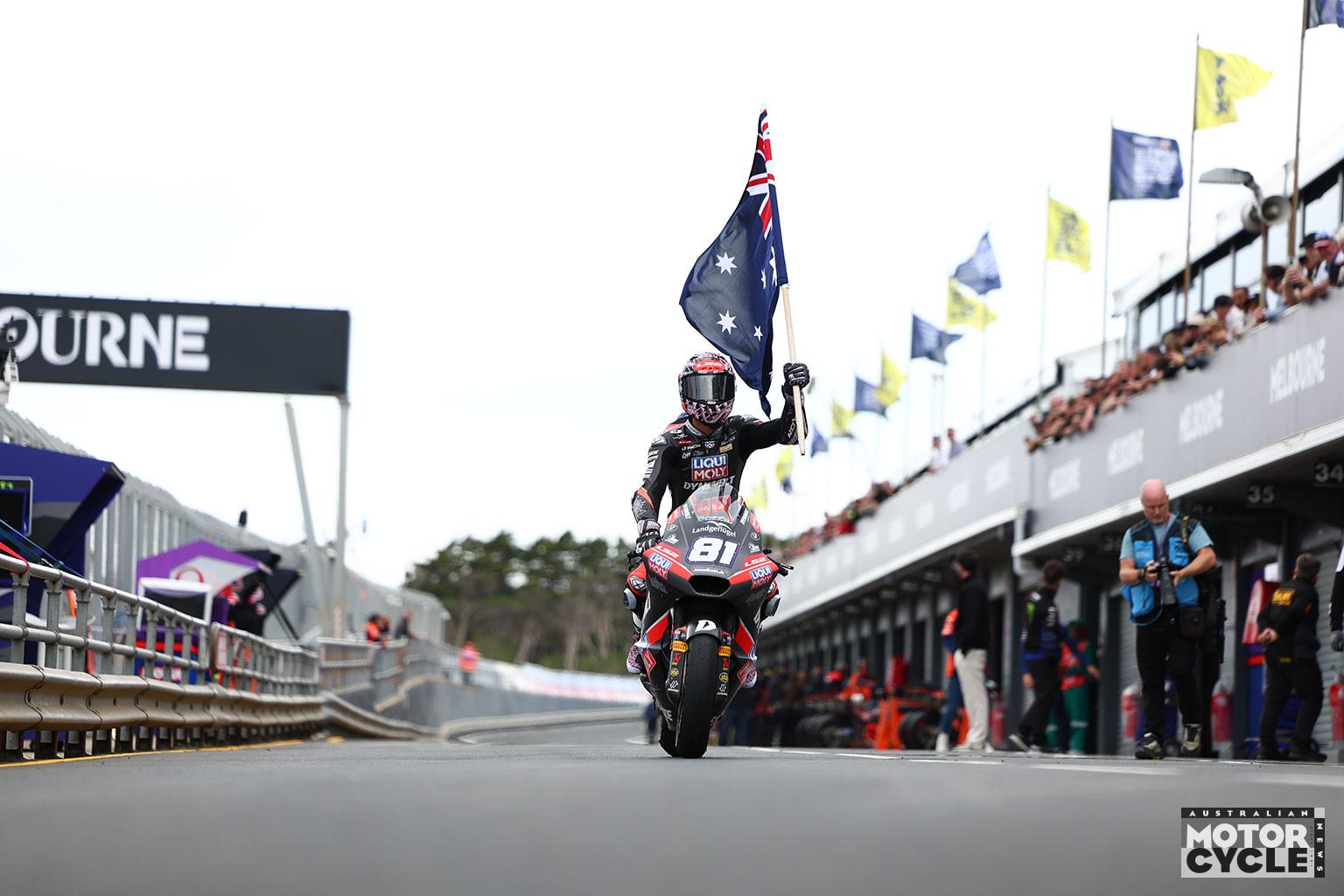Something old, something new; something borrowed… or just something old? Ducati’s back-track dilemma has been both enviable and indicative. While rival factories scrabble to catch up, the Italians have put their stallions into reverse.
All the work over the winter to improve their 2024 title-winning bike was for nothing. They might as well have gone to Barbados instead, and got themselves a decent suntan and some sex on the beach (the cocktail, of course, or the real thing). Because the old bike has turned out to be so much better that they’ll carry on using it for the next two years. The new one goes straight in the bin.
This is a denial of a racing principle articulated to me many years ago by a famed tuner/crew-chief of the two-stroke era… a time when bike development went on race by race and even day by day. It was done as much in the back of the van as back at the factory: gifted engineers with rats-tail files. Or something like that.
“What succeeds in racing,” said Kel Carruthers, Kenny Roberts’ pit-box guru and himself the last-ever four-stroke 250 champion, “is what won last year, plus a couple of per cent”.
Well, not this time, apparently. The GP24 outranked the GP25, without any percentage points required.
It took just five days of testing to convince the Ducati big-wigs.
It all started at Sepang, where Alex Marquez was the surprise of the three days of testing. Riding last year’s Ducati GP24 in the Gresini satellite team and still supposedly getting used to it, after a not especially impressive run to eighth overall on a GP23 last year, he topped the times.
Where did that come from? Among those wondering was his older brother, Marc.
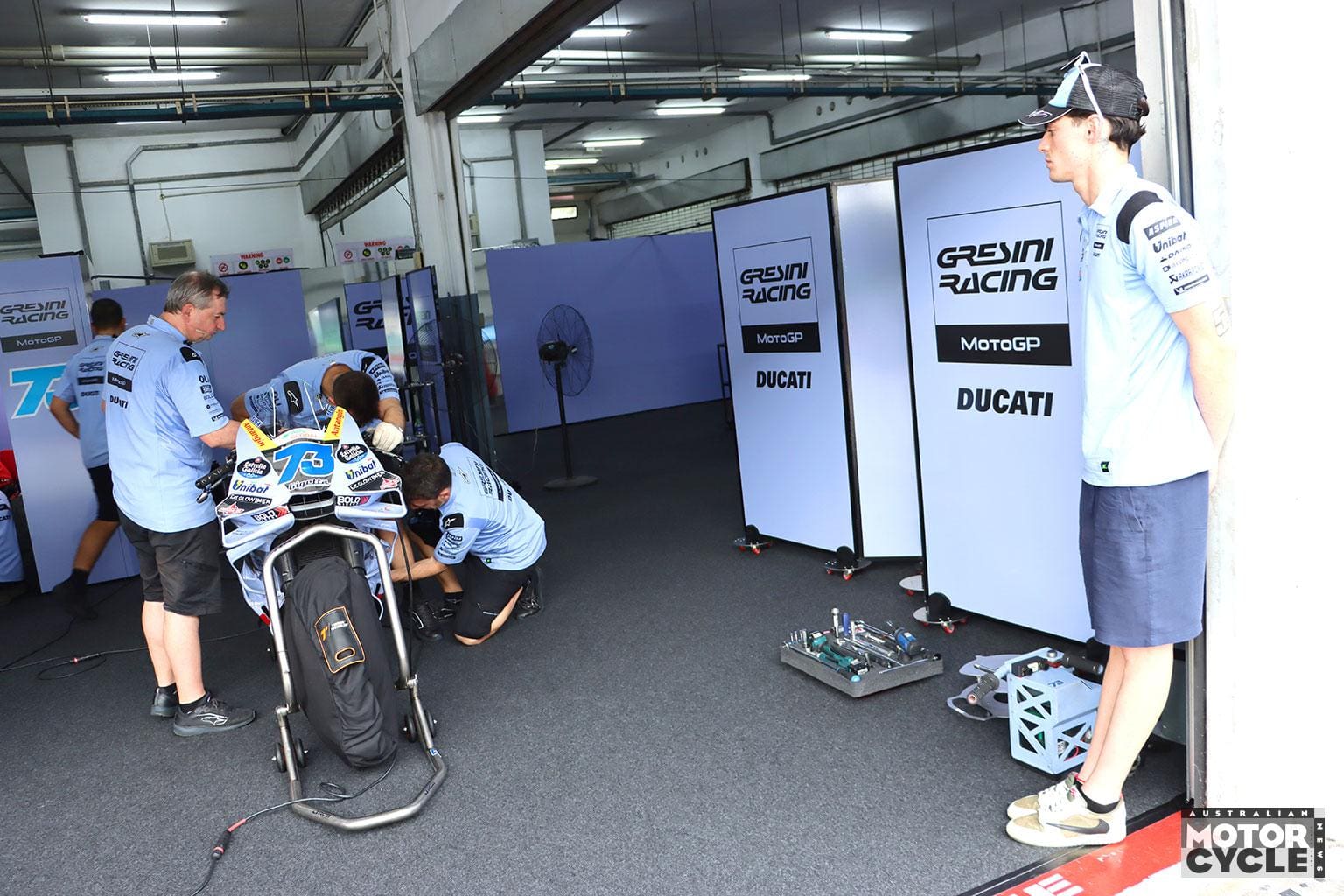
By then, factory riders Marc and Pecco Bagnaia had already been dubious about the new engine. Trying the old engine in the new chassis, they found that on-paper improvements to the new unit didn’t translate to better performance. So when they got to Thailand the next week, they were already considering binning the new engine. And after two more days of testing, they canned the new chassis as well.
Riders and team sought a positive spin for public consumption. Rather than dwelling on an obvious failure to improve, they focused on just how good the GP24 – title and multi-race winner last year – already was. Indeed (at least according to Bagnaia) “we are still improving it”.
All the same, the backward step must encourage rivals. Especially Aprilia, whose latest bike was well up the time sheets with new rider Marco Bezzecchi in spite of the absence of Jorge Martin; and also KTM, both of whom have upgraded from 2024.
Yet there are many precedents of riders and factories going backwards to go forward, all the way back to Norton’s failed kneeler-streamliner of the 1950s (it showed promise, but was abandoned, for several wrong reasons).
Off the top of my head, more recent examples include Freddie Spencer binning the troublesome first V4 NSR Honda mid-1984 to go back to the three-cylinder NS on which he had won the 1983 title; Wayne Rainey ditching the latest chatter-prone Yamaha in 1992 for the previous version – actually a replica built in Britain by Harris; and Kevin Schwantz scrapping the latest Suzuki chassis for the previous version.
In truth, false starts, blind alleys and steps-too-far are a normal part of technical development so, far from sneering at them for doing it, one should rather admire Ducati’s adventure in trying new things, and their courage for admitting they’re wrong.
And they are already in such a strong position that they can afford to rest on their technical laurels.
The reverse development might be encouraging for the other factories but they’ll still be going for “best of the rest”.
